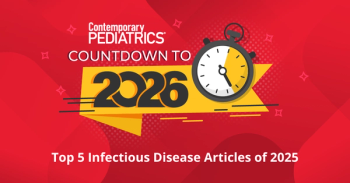
Which comes first, sexting or sex?
The first study to examining the temporal relationship between sexting-sending sexually explicit images electronically-and sexual activity in adolescents finds a link but not necessarily between sexting and risky sexual behaviors.
The first
Questionnaires completed anonymously by 964 Texas high school students, mostly sophmores, in the course of an ongoing survey revealed that the 28% of students who said they’d sent a nude photo by text or e-mail were 1.32 times more likely than other teenagers to report having sexual intercourse a year later. However, sexting often wasn’t temporally associated with
Active sexting was linked to greater likelihood of sexual activity whereas passive sexting wasn’t. However, as expected, the researchers found that active sexting “mediated” the relationship between passive sexting and having sex during the next year. Youth who asked for a sext were almost 10 times as likely to send one as youth who had never requested a sext; youth who were asked for a sext were more than 5 times as likely to send one as youth who weren’t asked.
The findings show that sexting may sometimes precede intercourse and support the view that it’s a credible indicator of adolescent sexual activity. The question of which comes first, sexting or sex, isn’t academic, the researchers point out. Knowing that sexting comes before
To get weekly clinical advice for today's pediatrician,
Newsletter
Access practical, evidence-based guidance to support better care for our youngest patients. Join our email list for the latest clinical updates.




